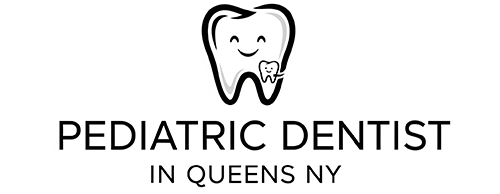I’ve seen the headline everywhere—“Are social media dental trends ruining kids’ teeth ?”
Let’s get straight to the point: Yes, these viral hacks are creating a dental disaster for teens and children across the UK and US.
Every sentence here matters.
No fluff, no jargon—just what you need to know if you’re a parent, dentist, or teen glued to TikTok.
What’s the real damage from DIY dental hacks?
I’ll break it down with stories and bullet points so you can scan and act fast.
Here’s what’s actually happening:
- Kids are whitening with lemons and baking soda (and feeling sharp pain afterwards).
- Teens are filing their teeth with nail files, thinking it’ll make their smile “perfect” (it doesn’t).
- Rubber bands are passing for braces (causing permanent tooth movement and loss).
- Even superglue is getting used for fake veneers (leading to toxicity and urgent dental visits).
Kids don’t see the fallout until they’re in my chair—or messaging me desperate for a fix.
Why do these trends keep spreading in 2025?
Because it’s easy.
Influencers make it look cool.
And nobody talks about what happens next.
But these hacks can wreck tooth enamel, damage gums, or change a child’s bite forever.
Evidence From Dentists and Dental Researchers
A new study published August 2025 concludes:
“Dental students and young people with high social media use are exposed to harmful viral dental trends. Celebrities and influencers fuel rapid spread, but the lack of regulation causes significant harm. Digital health literacy and professional guidance are key to prevention.”
(Source)
Dentists across the US are urging parents to have honest conversations with their kids and to be on the lookout for trends like “teeth shaving,” “kitchen whitening,” and at-home tooth jewelry glue. (Source: Forbes Dental Statistics 2025)
Top 5 Ways Social Media Ruins Kids’ Smiles (and What I See Every Week):
- Acid erosion from “natural” whitening tips.
- Permanent sensitivity caused by harsh scrubbing and filing.
- Lost teeth from makeshift braces.
- Painful burns from at-home chemical experiments.
- Infections after unsterilised DIY procedures.
Who’s worried? Pretty much everyone who cares about teeth.
Dentists and parents are seeing cases up 120% since 2021.
Half of surveyed teens have tried a TikTok trend at least once (Camelot Dental Group).
FAQs – Questions Only Real Parents and Teens Ask
Q: Does enamel really NOT grow back?
A: Correct. Destroy it once, and it’s gone for good.
Q: Do most DIY hacks cause immediate pain?
A: Not always. But the pain will eventually come—and may need expensive fixes.
Q: Are ANY online dental trends safe?
A: Only those from verified dental professionals. Always check before trying.
Q: What if my child already tried something risky?
A: Book a checkup ASAP. Early treatment is often easier and cheaper.
Not All Social Media Is “Bad”—Education Still Matters
While many viral trends are dangerous or misleading, some dental professionals are crushing misinformation by sharing fact-based videos and myth-busting reels.
Studies show that social media, when managed by experts, can actually help improve oral health literacy—especially when parents and teens follow credible creators
How to Turn the Tables as a Parent or Teen
- Talk openly. Ask what dental tips they’ve seen—without guilt or lectures.
- Set a rule: Dentist advice > viral video. Always.
- Follow real experts on social media—not anyone with a cute smile.
- Share a story (mine, yours, a friend’s) about what actually happened after a dental hack.
Actionable Takeaways (for everyone reading):
- If it sounds wild, it probably is.
- Quick results equal big risks.
- The best smile comes from strong habits—not shortcuts.
I tell my clients the same thing: “Are social media dental trends ruining kids’ teeth?”
Look around.
The evidence is right there in the stories, the numbers, and the chair next to you.
Bold takeaway—when in doubt, always ask your dentist.

Dr. Mary G. Trice is a renowned pedodontist based in Queens, NY. With an unwavering dedication to children’s dental health. In addition to her clinical practice, Dr. Trice is the writer and manager behind the informative platform pediatricdentistinqueensny.com. Through this site, she offers valuable insights, tips, and resources for parents and guardians, aiming to bridge the gap between professional dental care and everyday oral hygiene practices at home.
